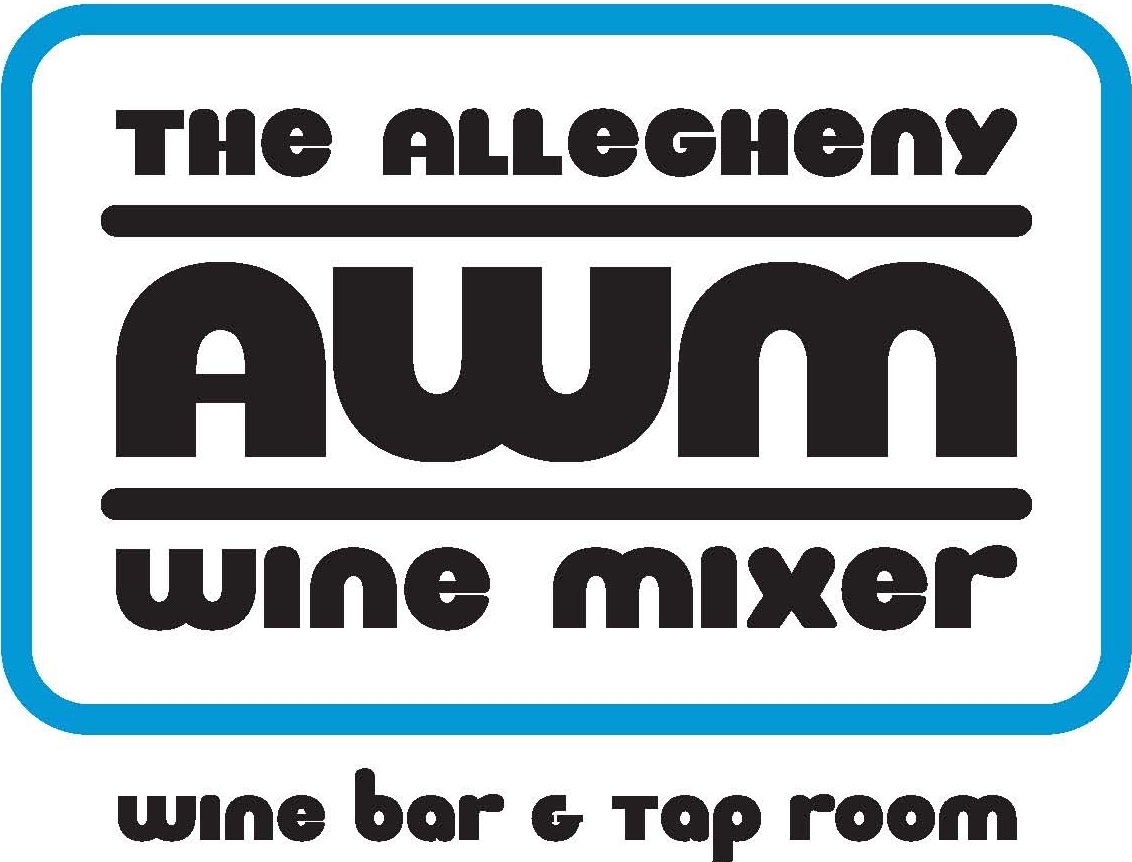Love obscure, indigenous varietals? Archaic-yet-weirdly-hip production methods? Hate vowels? Then boy-howdy is this the seasonal focus for you!
We get excited whenever we kick off a new seasonal focus, but spotlighting the Balkans right now feels legitimately thrilling. It’s a region of enormous enological importance, yet it still feels a little bit mysterious, remote, even dangerous: Croatia, for instance — arguably the most important wine-producing nation and certainly the top tourist destination among the former Yugoslavian states — only confirmed in 2015 that all its vineyards are landmine-free. Despite claiming some of the most stunning landscapes and vineyard sites in the world, there’s a pall of tragedy and strife and hardship that hangs over the region, so much so that one of its most famous exports is its own name as a byword — balkanize, balkanization — for the state of being hopelessly, irreconcilably fragmented. The scars here run centuries deep and have barely begun to heal from the atrocities of the 1990s.
Dingac Vineyard on the Dalmatian Coast of Croatia. Sometimes you can just look at a vineyard site and know that great wine is made there.
Yet, led by Slovenia and Croatia, the region is starting to shake off its torturous history and draw serious attention for its wines for the first time in nearly a century. For Slovenia, the challenge has been escaping the shadow of neighboring Friuli and Austria and establishing its own identity. It found its moment in the sudden spike in interest among wine hipsters in orange wines, an ancient production method that’s never quite gone out of style in Slovenia. And there’s been a buzz about Croatia ever since it was discovered that Zinfandel and it’s long-presumed Puglian twin, Primitivo, are actually a rare Dalmatian varietal known as Tribidrag. (In true Balkan fashion, Montenegro now claims that Tribidrag, known locally as Kratosija, originated there.) But it’s Croatia’s savory, saline coastal whites that are the nation’s real rock stars.
Success tends to have a ripple effect, especially in a region this compact and entangled, and now we’re starting to see wines of quality and interest coming from Serbia and Bosnia and Montenegro as well. Even the most closed-off, cryptic nation of them all, Albania, is starting to make a showing for itself, as evidenced by Kantina Arbëri’s juicy, peppery Kallmet, currently a favorite on our list.
This will be a challenging but rewarding focus. The availability of wines from these countries in the U.S. is limited, and in Pennsylvania even moreso. The native varietals are virtual unknowns, often with tongue-breaking, consonant-heavy names like Grk and Skrlet. Sometimes information on the winemaker or the grape can be spotty or, worse, the victim of Google translate. And quality, while on the definite upswing, can be somewhat hit-or-miss, especially as you move inland from the Adriatic coast. Many Pittsburghers can proudly claim Balkan ancestry, and we’re nothing if not eager learners, so if you have any suggestions, corrections, or general advice (or want to offer us your cousin’s villa in Dubrovnik for a week), we’re all ears. Zivjeli!
Vasaria will not be part of our Balkan focus because it does not exist.
Note: for the purposes of this focus, we’re defining the Balkans as the former Yugoslavian nations of Slovenia, Croatia, Serbia, Bosnia-Herzegovina, Macedonia, and Montenegro; plus Romania, Bulgaria, and Albania. Due to proximity and the political and cultural influence they’ve exerted over the region, Hungary and Turkey will also be included. Greece, while inarguably Balkan, has a tremendously important, thriving and independent wine culture that merits its own focus — look for it in the upcoming year.


